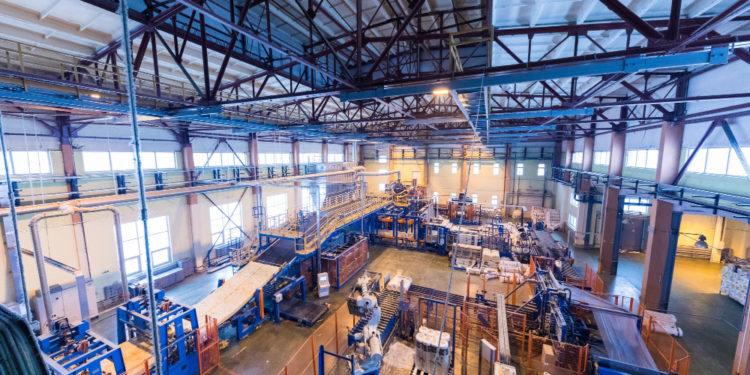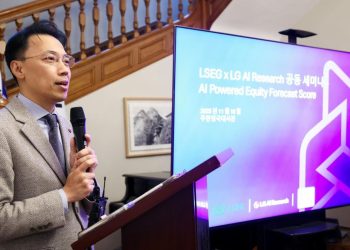The battery production branch of LG Group, LG Energy Solution Ltd (LGES), has announced a $448 million, or 600 billion won, investment to reinforce the manufacturing line at the Ochang Energy Plant 2 located in Cheongju, North Chungcheong Province.
According to the battery maker, the new investment aims to set up a battery cell prototype mass production facility, known as the “mother production line,” by 2026. It is expected that this investment will help transform the Chungcheong province into a global technology hub in the coming years.
The mother production line is a testing procedure where the next generation is tested and mass-produced along with pilot production before commercial use.
The newly visualized production line will produce prototypes and verify tests for LG’s long-cell lithium-ion batteries with pouch-like shapes, which are currently in high demand. Similarly, since last year, new cylindrical batteries of 46 millimeters in breadth and 80 millimeters in length have been the focus of LGES.
In response to the demand, the battery-making subsidiary of LGES plans to build more production spaces outside South Korea, including parts of Asia, North America, and Europe.
The fortified production facility has been thought out in collaboration with the Chungcheong provincial authorities. This manufacturing chamber will help answer the diverse worldwide consumer demands with better quality products in a shorter timeframe.
Apart from plant construction, LGES is fostering battery talent through its LG Institute of Battery Tech. Additionally, the company is implementing a smart factory system that takes care of logistic mechanization, distant help, and intellectualization of the assembly process.
The production building is also equipped with an artificial intelligence (AI)-led monitoring system that can store video data of LGES operations across the globe.
As the world observes a boom in the electric automobile market, particularly in North America, LG sees this as the right time to leverage its production capacity and gain a competitive edge in the market.
At the beginning of April this year, South Korea provided financial support for its battery makers aspiring to build infrastructure in North America. The investment was a coping mechanism for the partial Inflation Reduction Act (IRA) by the US government.
The South Korean government announced a $5.3 billion investment to counterbalance the IRA effects. Under the investment plan, the government lowered lending rates and insurance premiums by 20 percent, insisted on cooperating and finding solutions for rapidly transforming IRA rules.
Last week, South Korea and some of its top battery companies, including LG Energy Solution Ltd, announced a joint $15.1 billion, or 20 trillion won, investment for research and development of advanced battery technologies.
The demand for electric vehicles is shifting in current times, and most battery makers are racing to develop new battery technologies that are long-lasting, safer than lithium-ion batteries, and have higher energy density.







